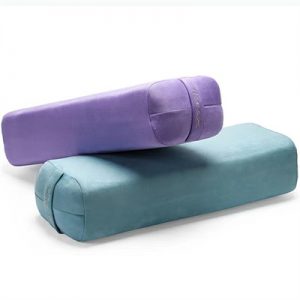Pu yoga mats, also known as polyurethane yoga mats, are a popular choice among yoga practitioners due to their superior grip, comfort, and durability. If you’re looking for the ultimate guide to PU yoga mats, you’re in the right place. Here’s everything you need to know:
- What is a PU Yoga Mat? A PU yoga mat is a type of yoga mat made from polyurethane, a synthetic material that provides a soft and comfortable surface for practicing yoga. It is often considered an upgrade from traditional PVC yoga mats due to its enhanced features.
- Benefits of PU Yoga Mats:
- Grip: PU mats offer excellent grip, especially when they get slightly damp from sweat. This helps prevent slippage and ensures a more stable practice.
- Comfort: The polyurethane material provides a cushioned surface, which is especially beneficial for yogis who need extra support during their practice.
- Durability: PU yoga mats are known for their long-lasting performance, making them a worthwhile investment for regular practitioners.
- Eco-friendly Options: Many PU yoga mats are made with eco-friendly materials and are free from harmful substances like PVC, latex, and phthalates.
- Thickness and Size: PU yoga mats come in various thicknesses, typically ranging from 4mm to 6mm. Thicker mats offer more cushioning for joints, while thinner ones are more portable and suitable for travelers. As for size, standard yoga mats are usually around 68 inches long and 24 inches wide, but you can find larger options if needed.
- Cleaning and Maintenance: To maintain the longevity of your PU yoga mat, it’s essential to clean it regularly. You can clean the mat with a mixture of mild soap and water or use specific yoga mat cleaning sprays. Avoid using harsh chemicals that could damage the material. After cleaning, allow the mat to air dry completely before rolling it up.
- Storage: Store your PU yoga mat in a cool, dry place, away from direct sunlight. Avoid leaving it in a hot car or exposed to extreme temperatures, as this can affect the material’s quality.
- Choosing the Right Mat: When selecting a PU yoga mat, consider the following factors:
- Texture: Some mats have a smooth texture, while others may have a textured surface for better grip.
- Stickiness: Look for a mat that provides a good balance of stickiness and slip-resistance to support your practice.
- Eco-Friendly Materials: If environmental concerns are important to you, opt for mats made from eco-friendly materials.
- Price: PU yoga mats come in a range of prices, so choose one that fits your budget without compromising on quality.
- Breaking-in Period: New PU yoga mats might have a slight initial slipperiness. To improve grip, use the mat regularly, and it will become less slippery as you break it in.
- Replacing Your Mat: Over time, the surface of a PU yoga mat may wear out. Depending on your usage and care, you might need to replace your mat every year or two.
Remember that the “ultimate” PU yoga mat will depend on your personal preferences and needs. Consider the type of yoga you practice, the level of cushioning you require, and your budget before making a decision. Reading reviews from other yogis can also be helpful in finding the perfect PU yoga mat for you.








